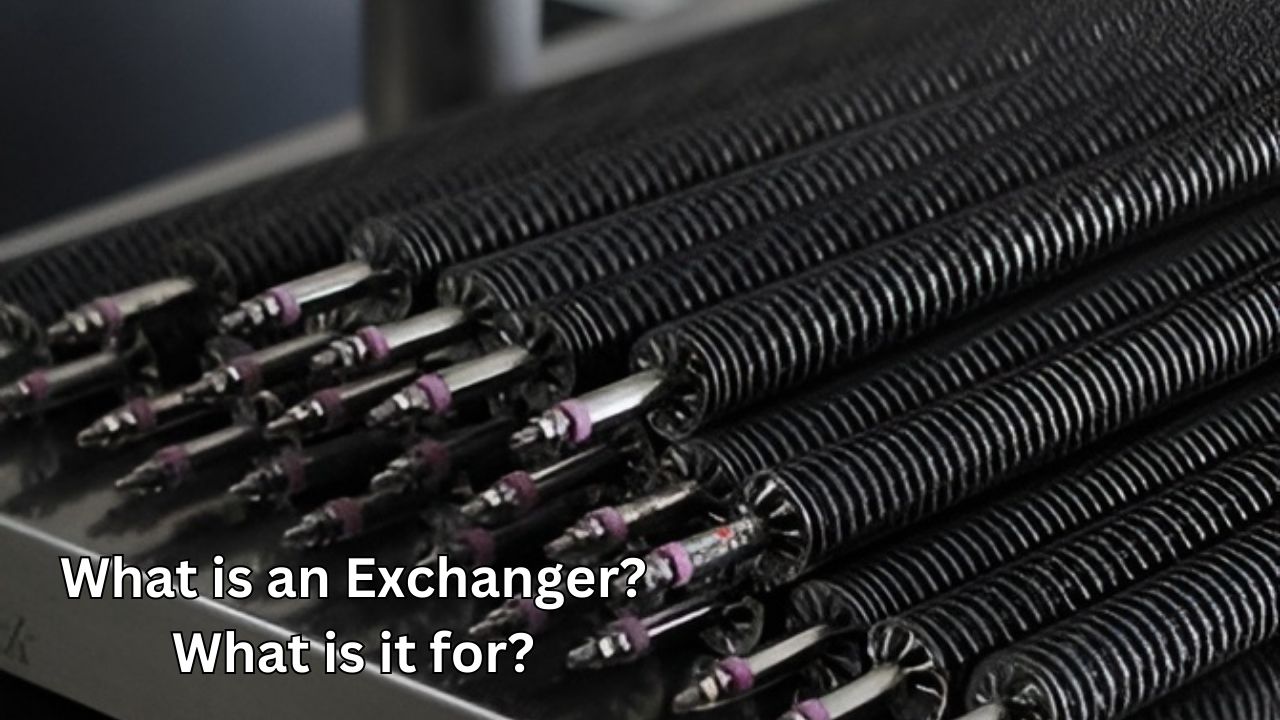
Resistance Life Enchance: Operation Maintenance and Savings Tips


A heat exchanger is a device that transfers heat, typically used to exchange heat between liquids or gases. It allows two different fluids or gases to transfer heat without coming into direct contact. Heat exchangers are commonly used in various industries and applications. Their main function is to transfer heat from one medium to another, balancing the temperature difference. This process is typically achieved through a pipe or plate system. Heat exchangers are designed to be energy-efficient and environmentally friendly, as they minimize energy consumption by transferring heat without wasting energy. These devices are crucial in improving energy efficiency and reducing the consumption of natural resources.
A heat exchanger operates by transferring heat between two different fluids. The basic principle is that heat from one fluid is transferred to another, resulting in a temperature change. The fluids do not come into direct contact; instead, they are separated by pipes or plates. As heat is transferred, the temperature of one fluid decreases while the other fluid's temperature increases. This heat transfer occurs through a series of physical processes. Initially, the temperature difference between the two fluids enables heat to be transferred from one to the other. The efficiency of heat transfer can vary based on the design of the heat exchanger. Some heat exchangers are built with special materials and structures to maximize heat transfer. The flow rate, pressure, and temperature of the fluids are key factors in optimizing the performance of a heat exchanger.
Heat exchangers are widely used in a variety of industrial applications, including energy production, petrochemical, HVAC (Heating, Ventilation, and Air Conditioning), automotive, food processing, pharmaceuticals, and more. For instance, in power plants, heat exchangers help transfer heat from steam to water, which plays a critical role in generating electricity. In HVAC systems, heat exchangers are used for heating or cooling indoor spaces. In the petrochemical industry, heat exchangers are used to improve the efficiency of chemical processes. In the automotive industry, heat exchangers are an essential component of engine cooling systems. Similarly, in the food processing industry, heat exchangers are employed to regulate the temperature of liquids like milk and fruit juice. The widespread use of heat exchangers in such diverse industries demonstrates their vital role in enhancing efficiency across various sectors.

Heat exchangers come in various types, each designed to serve different functions and applications. These types differ in terms of the heat transfer method and materials used. Some of the most common types of heat exchangers include: Plate Heat Exchangers, Shell and Tube Heat Exchangers, Air-Cooled Heat Exchangers, and Double Flow Heat Exchangers. Plate heat exchangers use multiple metal plates to transfer heat. Fluids flow through the spaces between the plates, where heat exchange occurs. Shell and tube heat exchangers transfer heat through pipes, with one fluid passing through the pipes while another fluid surrounds them. Air-cooled heat exchangers transfer heat to the air and are typically used for cooling purposes. Double flow heat exchangers allow two different fluids to pass through the same system simultaneously, enhancing heat transfer efficiency. Each type of heat exchanger is designed to meet specific needs in terms of heat transfer efficiency, durability, and application suitability.
When selecting a heat exchanger, several important factors must be considered to ensure optimal performance and longevity. First, the capacity of the heat exchanger must be determined. The flow rate of the fluids and the temperature difference between them are crucial factors influencing the heat exchanger's capacity. Material selection is another critical consideration. Different materials affect the heat transfer efficiency and durability of the heat exchanger. For instance, corrosion-resistant materials are essential for long-term use. The design of the heat exchanger is also important, as it determines how efficiently the fluids will flow and how effectively heat will be transferred. Other factors include the ease of installation, maintenance, environmental conditions, and operating environment. Properly evaluating these factors will ensure that the heat exchanger performs efficiently and has a long service life while minimizing costs.
Heat exchangers offer several advantages, making them an indispensable component in many industrial processes. One of the primary benefits is increased energy efficiency, which helps reduce energy costs for businesses. By transferring heat efficiently, heat exchangers minimize energy waste, thus saving on energy consumption. Additionally, they are environmentally friendly since they contribute to energy conservation without harming the environment. Heat exchangers are durable and can operate efficiently for years with proper maintenance. Maintenance is generally straightforward, and when part replacement is needed, it can be done quickly. Furthermore, heat exchangers are typically compact in design, offering space-saving advantages. Their efficiency and eco-friendly nature make them a preferred choice in many industrial and commercial applications.

Fill out the form to discover the most suitable high-end products for your projects. Contact Us Now.